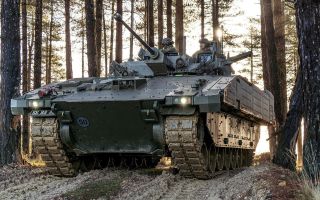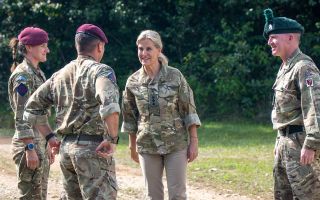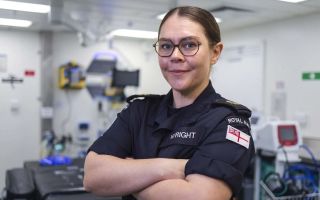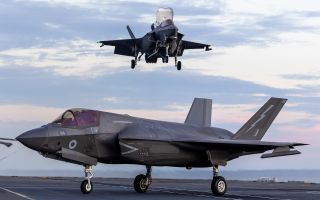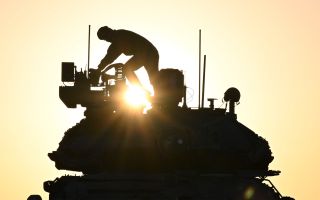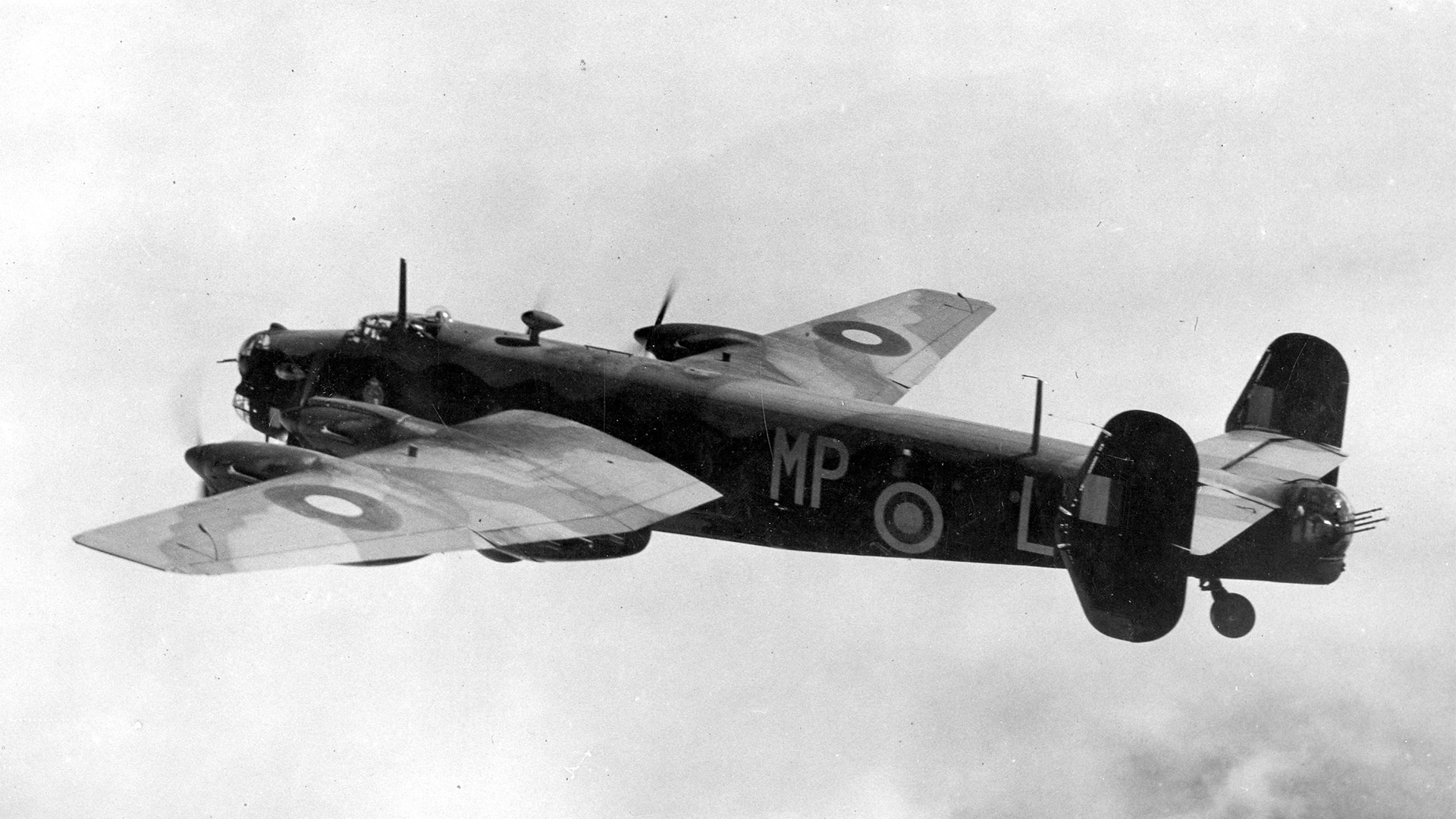
Why historians are fighting to remember the role Britain's WW2 airfields played in victory

Britain's airfields played a key role in determining the outcome of the Second World War yet, 80 years on, many have either disappeared or are now unrecognisable.
The Airfields of Britain Conservation Trust (ABCT) campaigns to raise awareness of their history, aiming to ensure they are remembered.
"They really are incredibly important… both active and disused airfields," said Kenneth Bannerman, director general of the ABCT charity.
According to the ABCT, around 730 airfields were fully active in Britain by 1944.
In Shropshire alone, 19 major airfields and four decoy airfields were operational during WW2, for training, aircraft preparation and storage, with RAF Shawbury and Tern Hill facilitating fighter planes.
RAF Tilstock, originally RAF Whitchurch, was purpose-built in June 1942 and eyewitnesses recall a construction company hastily concreting over farmland seized by the government.
"[It] was a training airfield for bomber crew," said writer Toby Neal, author of the book, Shropshire's Airfields.
"They had three runways, which would be very typical, with the longest one in line with the prevailing wind."
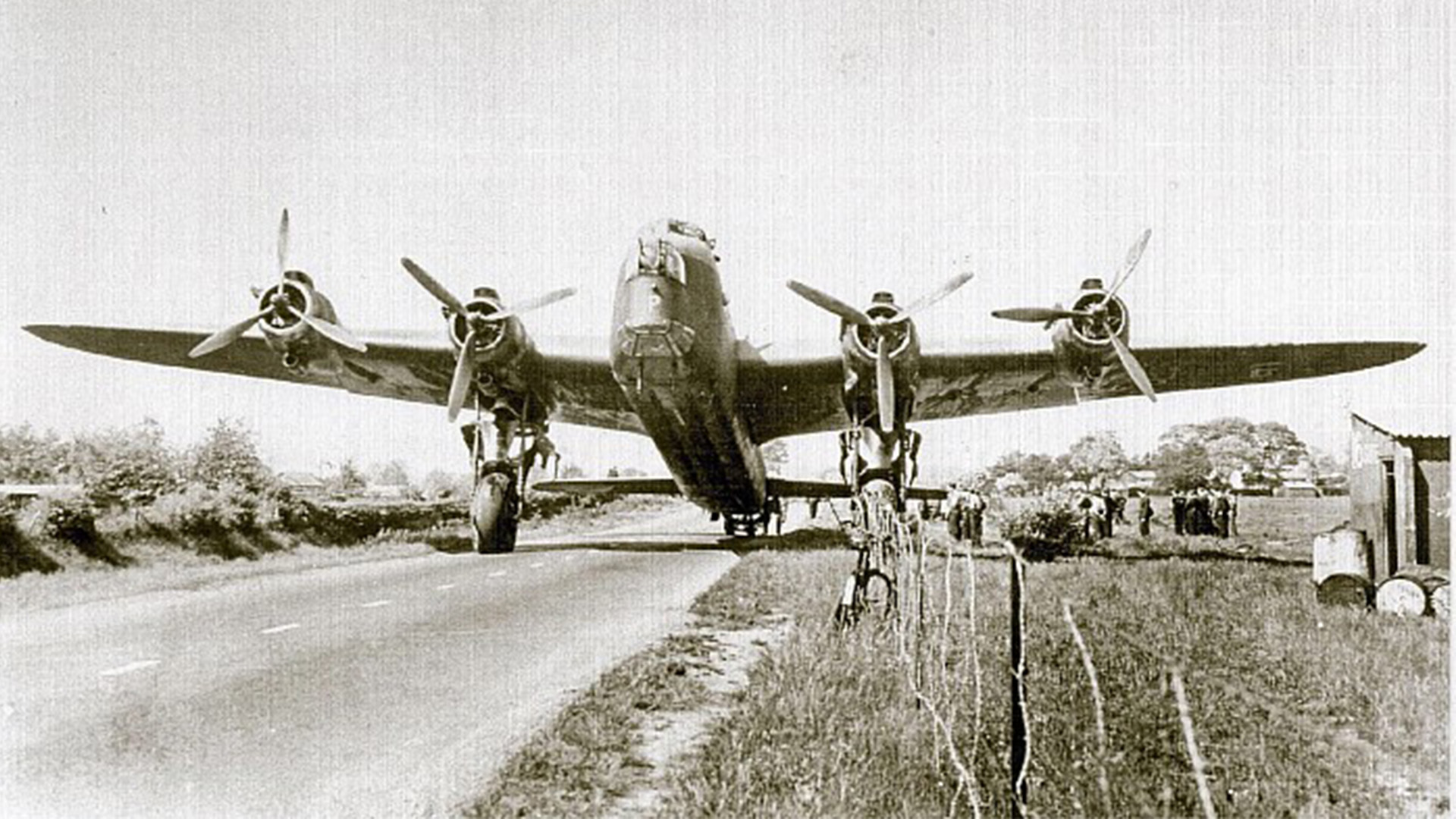
"Also, towards the end of the war, this was a major centre with Stirlings, that's four-engine bombers, and Halifaxes, again four-engine bombers, for glider towing and glider training," explained Mr Neal.
Training was not always straightforward, and crashes were common, although often undocumented due to an information blackout.
But when a Stirling bomber overshot the runway at RAF Tilstock, coming to a halt on a main road, it drew public attention.
"You might think… it wasn't dangerous, but in fact training was a very dangerous thing to do," said Mr Neal.
"A lot of people died in training accidents."
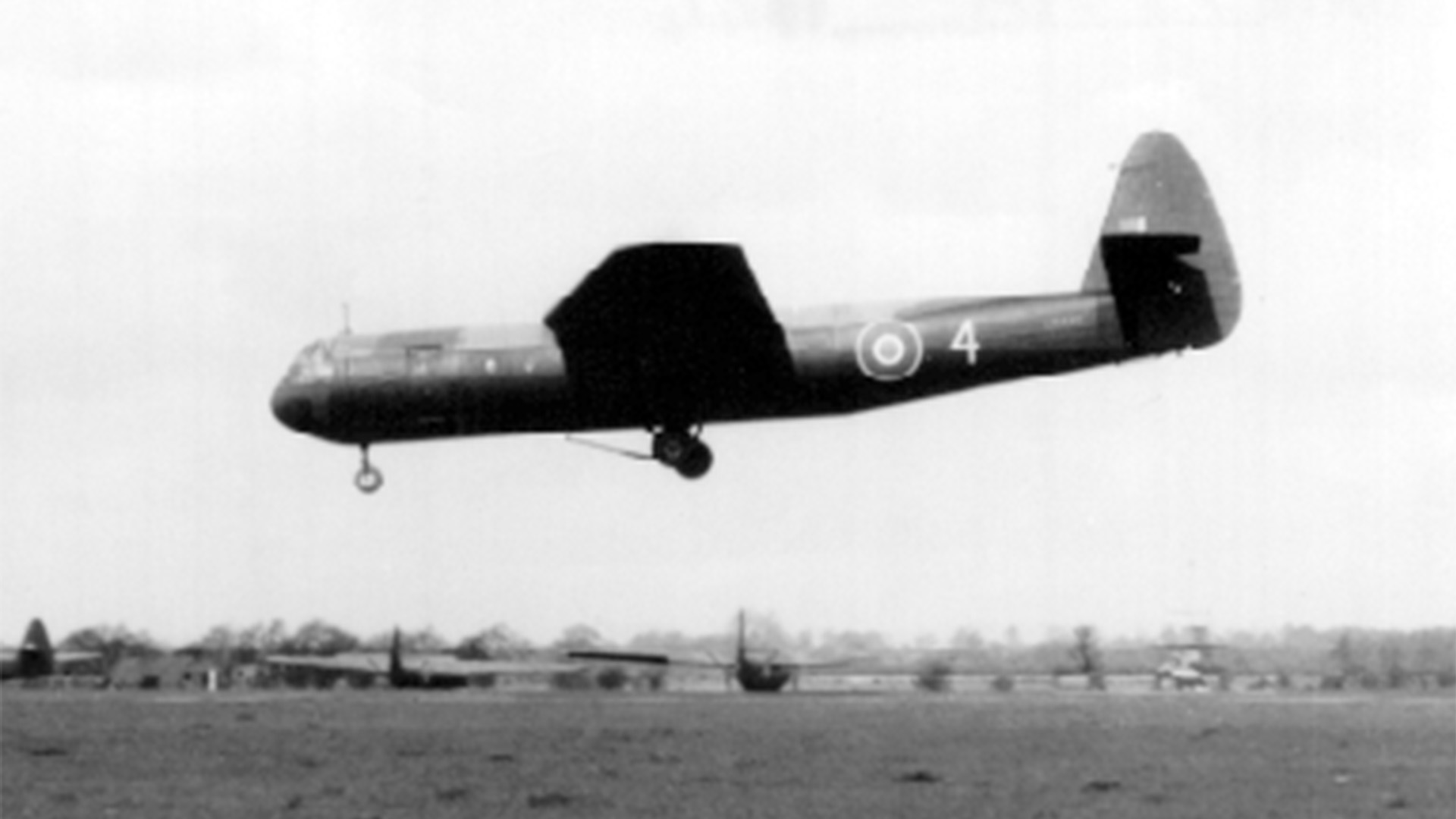
Later, RAF Tilstock also became home to the Horsa glider, teaming up with nearby satellite airfield RAF Sleap.
"In early 1944, there was a significant switch from bomber air crew training to airborne forces training, in this case, glider towing training," said ABCT's Mr Bannerman.
"The airfield switched between different RAF groups and commands."
Mr Neal believes as many as 100 planes operated out of RAF Tilstock at its peak, including Spitfires and Hurricanes to train fighter pilots, communications and transport aircraft, as well as heavy bombers and gliders.
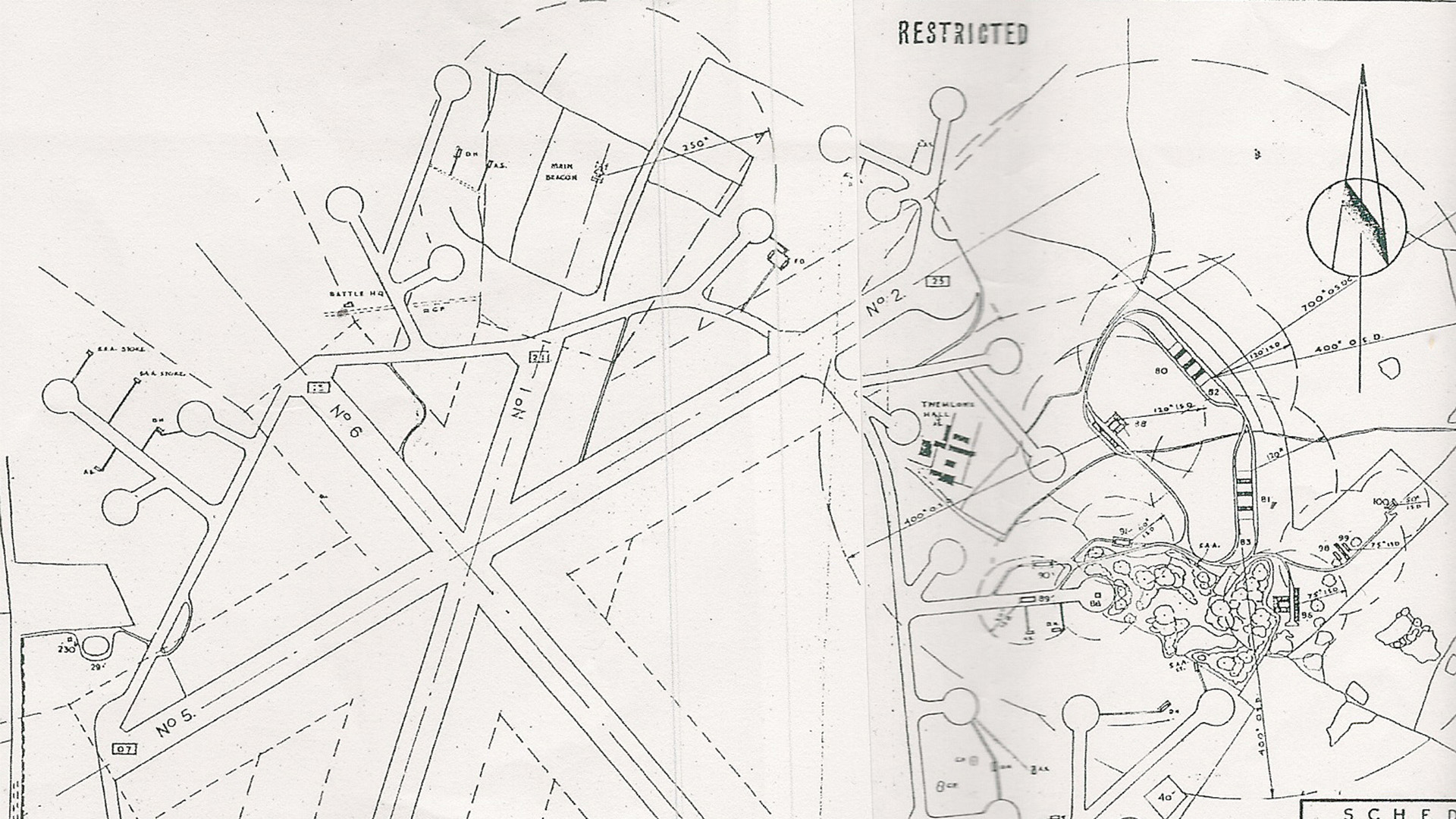
Throughout the war, RAF Tilstock remained shrouded in secrecy, leaving little public record of what happened there.
Researchers at the Whitchurch Museum and Archives are trying to piece together its history as best they can.
"It's really important to preserve it, because it's an aspect of history that isn't really spoken of in terms of details," said David Broad, a researcher at the museum.
"We all know about the Second World War, we know about where the bases were, but the papers at the time didn't really talk about it much."
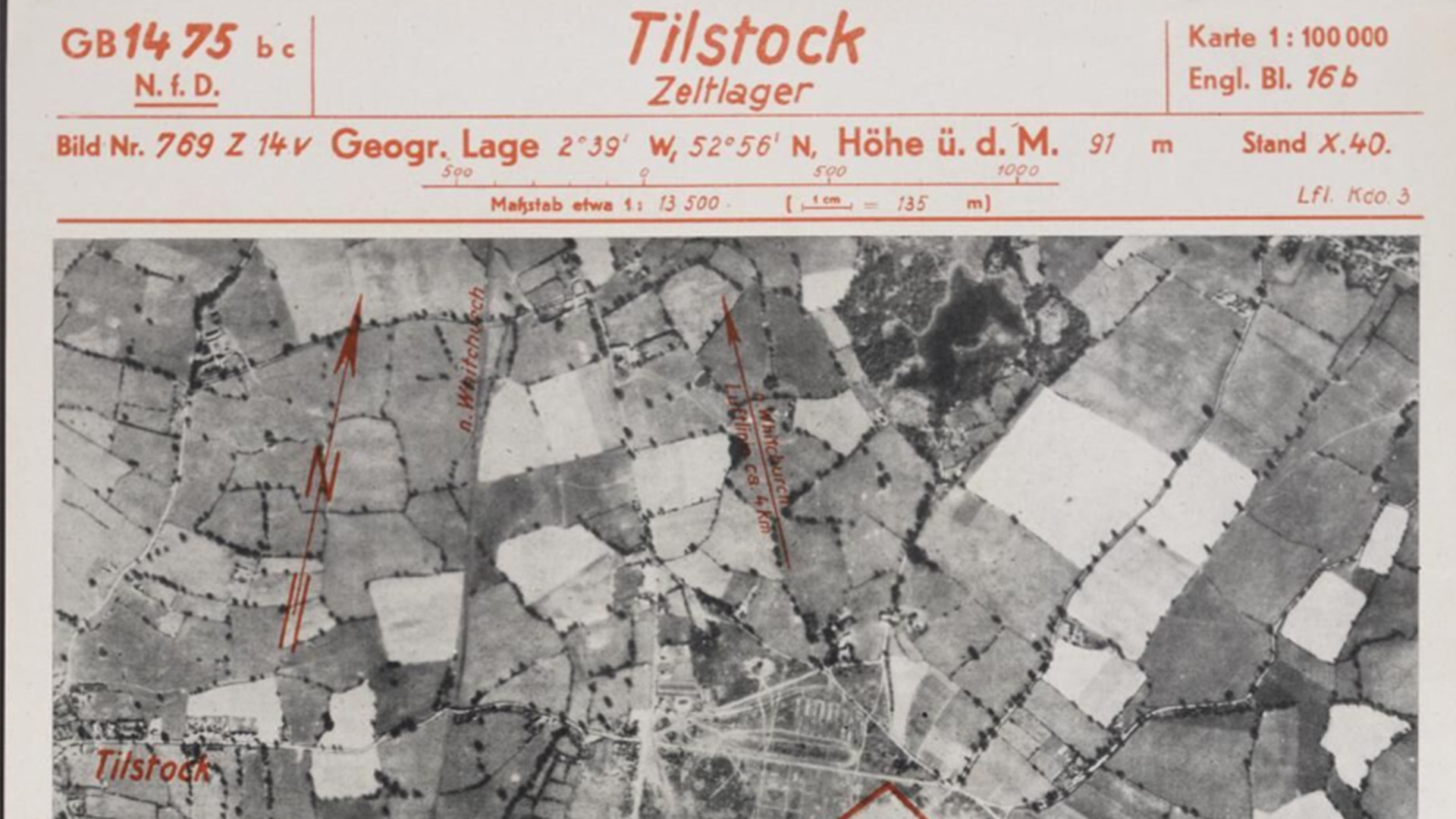
The museum also obtained a camouflage map of RAF Tilstock, illustrating efforts to conceal the airfield, although this was not as effective as first hoped.
"We know the Luftwaffe had actually done an aerial reconnaissance of the airfield… so they knew the site was there," said Mr Broad.
"They've essentially taken an aerial photo of the site and worked out roughly the capacity for our planes and troops that could be held there."
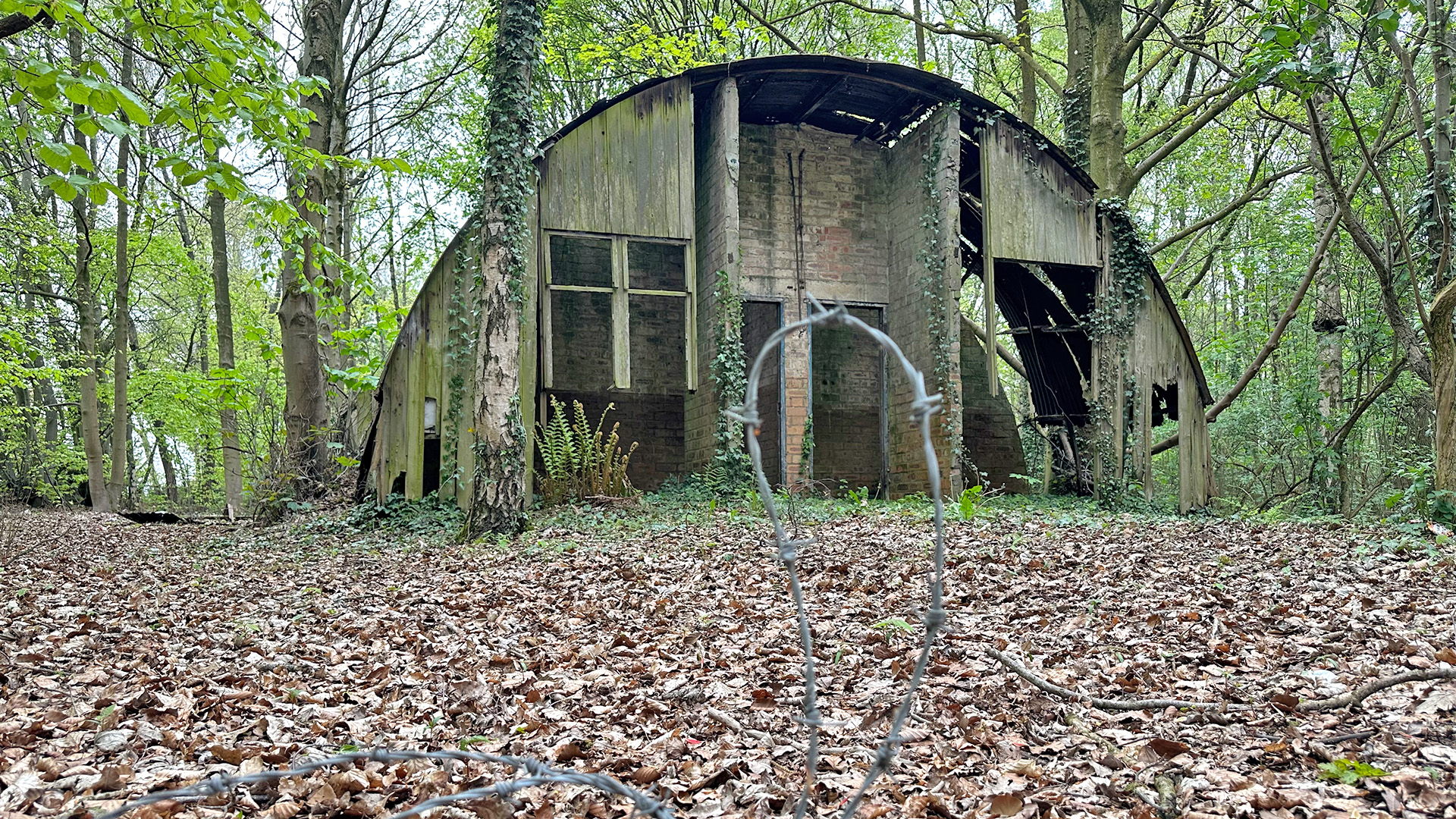
The new airfield also impacted local culture, with personnel from the US, France and Poland creating a small cosmopolitan community.
"There would be approaching 2,000 people here, both men and women," said Mr Neal.
"So, you had people who lived here in accommodation, being men and women, they lived here as well."
The remains of the old infrastructure are still evident today.
"You can see the fact that it was an airfield through the surviving hangars," he added.
"In the woods... there's some derelict huts and buildings and you can still see the outline of the runways."
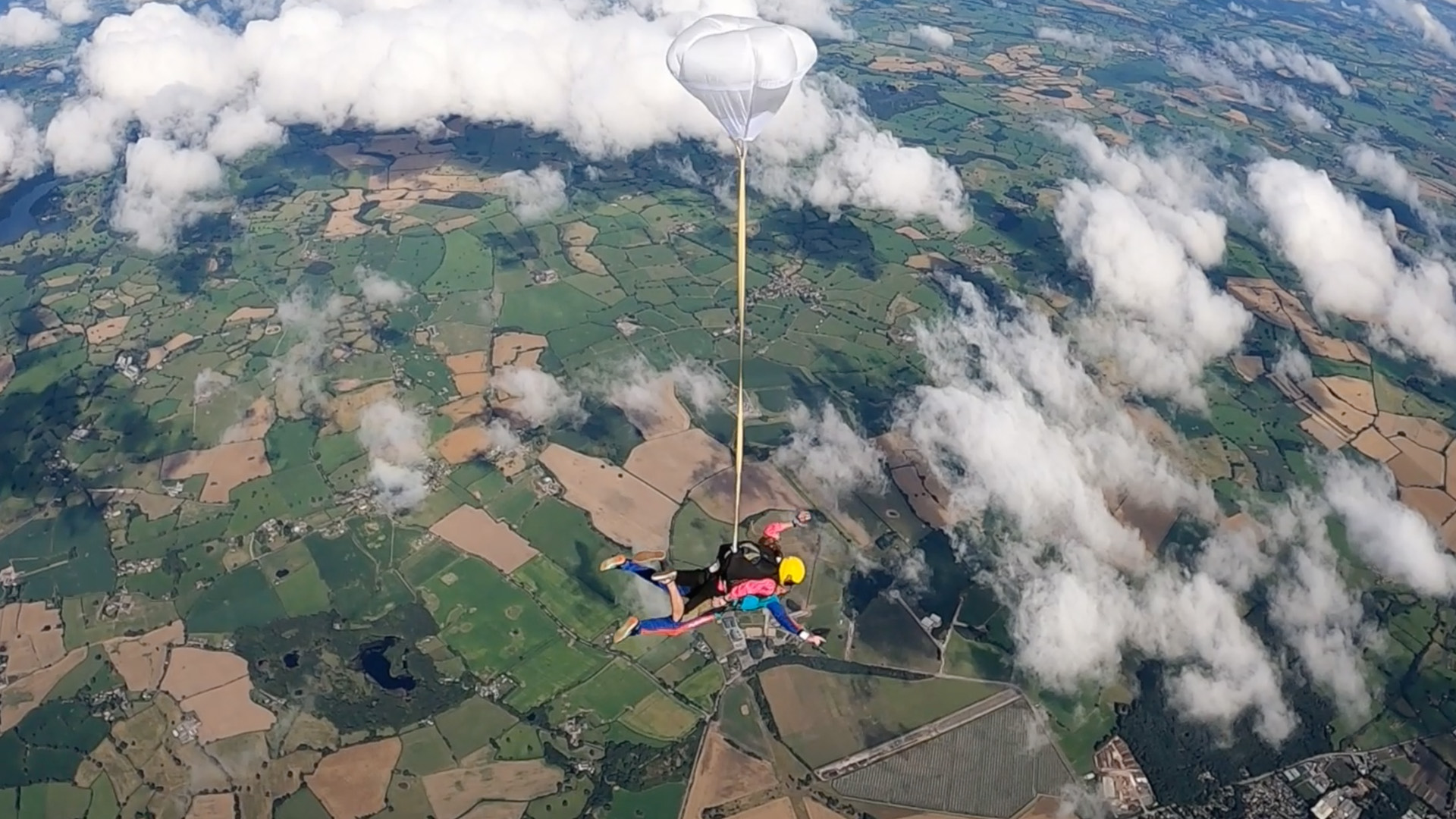
The ABCT says Tilstock shows how former RAF bases can serve a modern purpose.
"You can still see industry, there's recreation, the environment, there's a solar farm there," said Mr Bannerman.
"This place is still hugely relevant."
Tilstock Skydive, now run by British Army veteran Alex Busby, has been keeping one of the original runways active since 1962.
"Mostly we use it for fun jumping, as a hobby, as a sport... but we also do a lot of tandem skydiving," said Mr Busby.
Mr Busby, who served in the British Army for 22 years, also takes pride in working at a former WW2 base.
"The Stirlings played a vital part during the war... I think it's really important that it's kept as much as we can," he added.
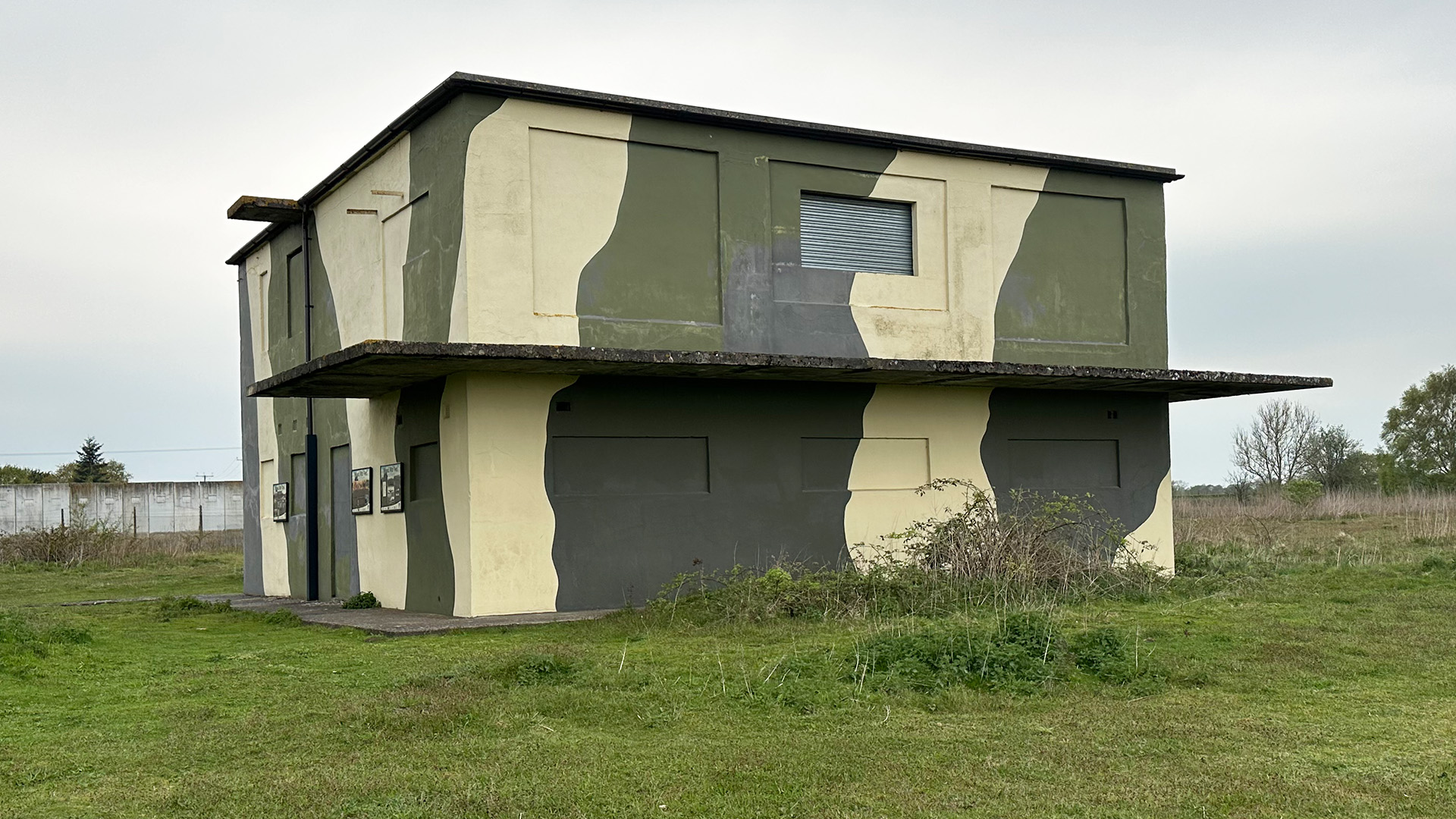
In recent years, the original control tower was carefully restored in memory of RAF Tilstock's wartime history, and a nature reserve was created around it.
But with pressure on land use, there are concerns for the future of other former WW2 airfields.
"Sadly, they may be lost, which would be a shame if the iconic structures like control towers and the other things that remind us of the sacrifice of the previous generations were casually thrown aside," said Mr Neal.
"I think we need to remember these people."
For more information about efforts to conserve Britain's wartime airfields, click here.

